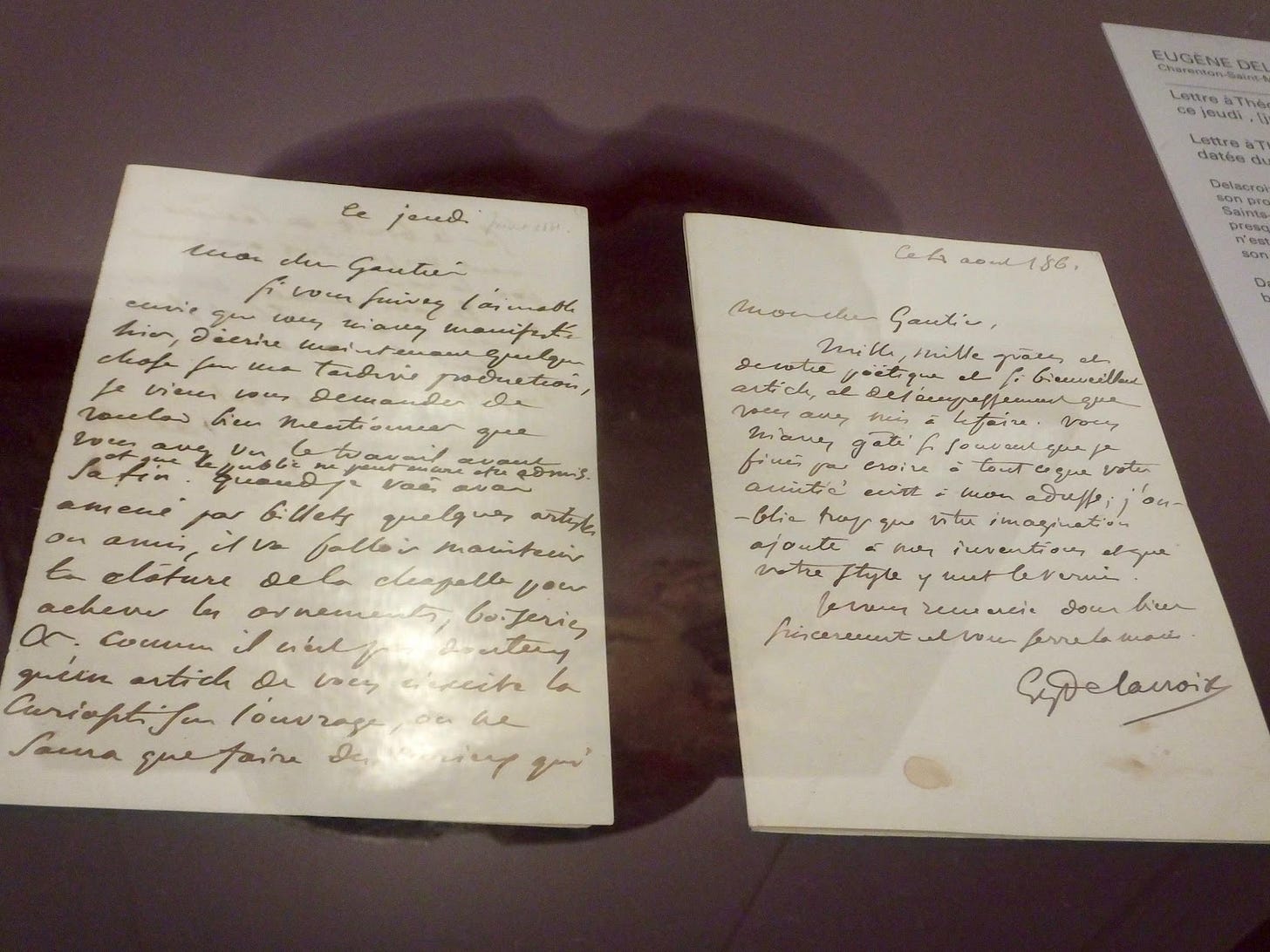Dear and Dears in the subtle art of email courtesy
… “Oh, hon, it’s the little courtesies that make life bearable, I find, wouldn’t you agree?” (Andrew Ashling) …
In English correspondence, “Dear” has long been the standard beginning, whether we’re writing to one person (singular) or many (plural): Dear John, Dear team, Dear friends, and Dear readers. “Dear” carries a degree of warmth and courtesy. Even in formal writing, it feels respectful.
“Dear” is one of those rare English words that can be used comfortably with best friends and bank managers without needing a change of tone. It’s a bridging word, not a boundary word.
Today, “Dear” endures precisely because it is adaptable. It feels genuine, even when formality isn’t required. It can be omitted in a quick message: “Hi Alex,” or “Hello everyone.” When it is included, the tone changes. It becomes more deliberate: “Dear everyone.”
And then there’s “Dears.”
At first glance, it seems logical to use the term “Dears” in the plural. If “Dear” is singular, why not make it plural? I often see it used by non-native English writers to indicate plural. But English doesn’t work that way. In salutations, “Dear” behaves like an uncountable noun, meaning that you don’t pluralize it.
Beyond grammar, “Dears” has tonal baggage. It can sound old-fashioned, even patronizing, depending on who says it and to whom. In past centuries, one might hear, “Now, now, my dears,” from a gentleman to a circle of ladies, or an older relative soothing a niece. The word can still carry traces of that hierarchy: a faint echo of affection mixed with superiority.
In modern use, “Dears” sometimes sounds awkward, hinting (unintentionally) at condescension or ageism, as though addressing older women or people to be humoured rather than engaged.
“Dears” is nearly extinct in modern correspondence. Writers tend to avoid it because it reads as too intimate or performative.
“Dear” remains a small act of recognition in the English language. In a world of scrolling, speed, and semi-automated replies, beginning with “Dear” shows courtesy, a human exchange, and not a transaction. It’s the survivor of the letter-writing age.
Language, like affection, is at its best when it feels natural and kind. So, while “Dears” might still charm in certain circles, when “Good morning, my dears,” might sound acceptable, in most writing, it sounds out of time, caught between affection and antiquity, or between enchantment and condescension.
“Dear” by contrast, endures because it is linguistically neutral, almost instinctive, bridging formality and friendliness. That may be why, after centuries of use, it still opens many letters and emails. And that’s not a bad way to begin a letter, an email, a diary, a day, or even a life.
Can’t see the whole article? Want to view the original article? Want to view more articles? Go to Martina’s Substack: The Stories in You and Me
More Paris articles are in my Paris website The Paris Residences of James Joyce
Rainy Day Healing - gaining ground in life


